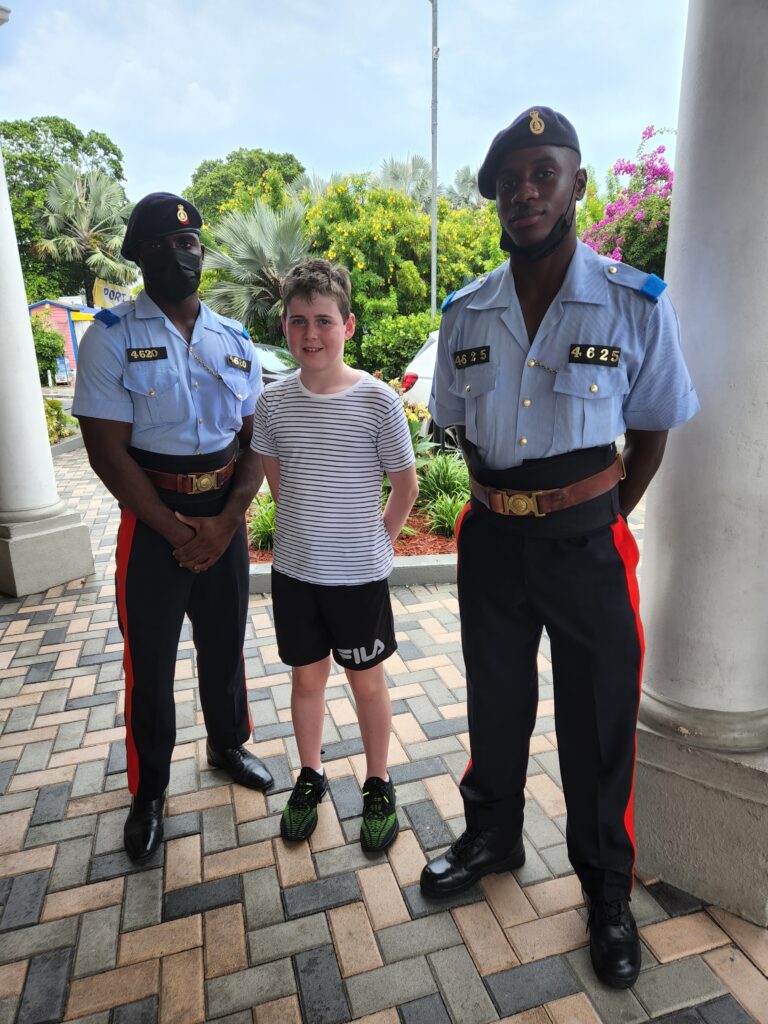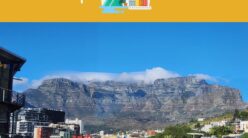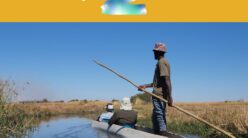We travelled to Nassau in The Bahamas with our 11-year-old Kidsetter. As we have travelled here before I was pleased that we hadn’t booked a snorkelling tour as the weather was very wet.
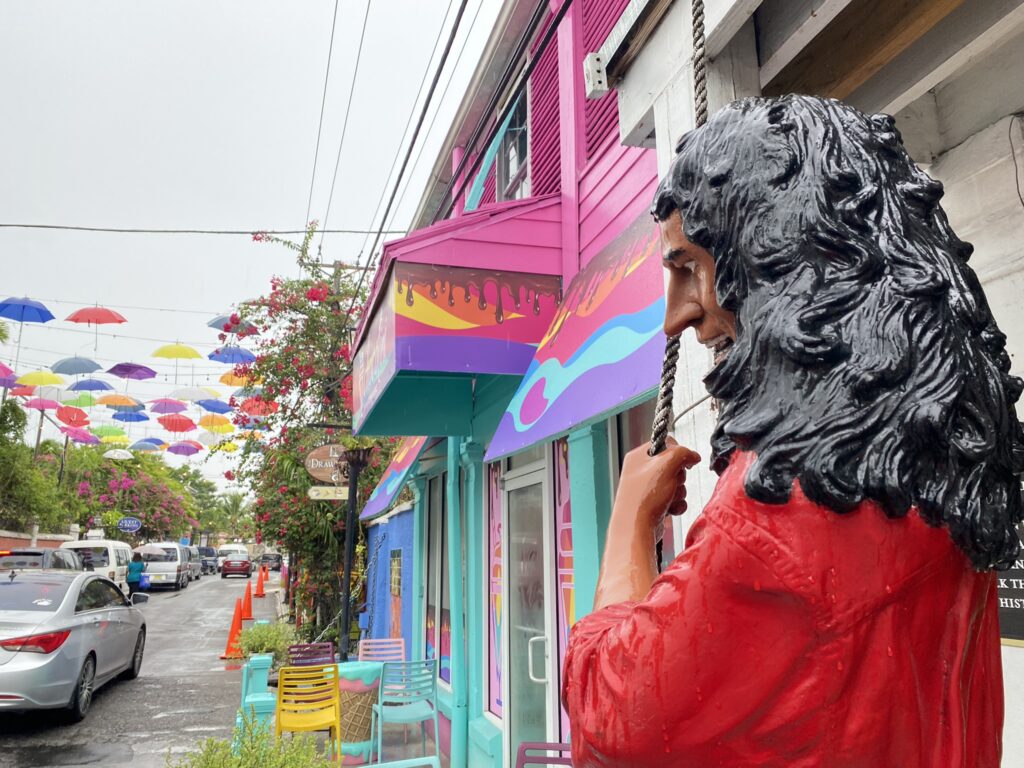
Nassau was once a pirate’s haven, and we visited the local Pirate museum. The museum commenced in 1716 and the Golden Age of Piracy was at it’s height.
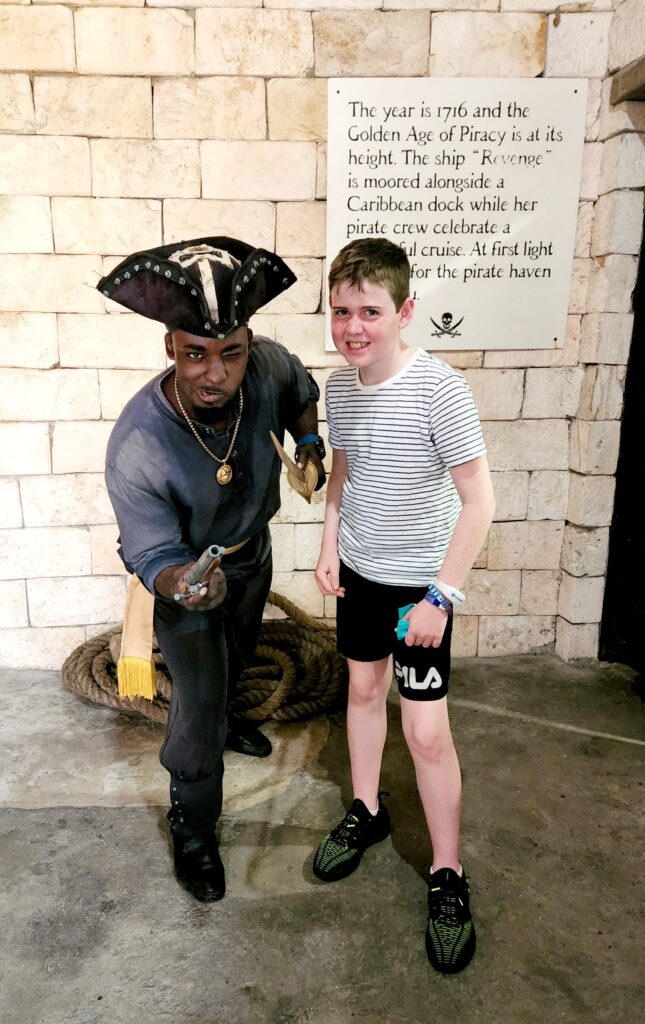

We walked along a shanty town in the Golden Age of Piracy. A place for refuge for all sailors.

Merchant ships operated all the year round and spent months crossing the cold waters of the north Atlantic or negotiating the shoals and banks of the coasts of Britain or North America. Most merchant ships operated with small crews which meant that the seamen worked long hours with little rest and were constantly heaving on ropes in all weathers. Many captains, driven by demanding shipowners, inflicted cruel punishments on men who overslept or were slow to go aloft in a gale. It is little wonder that the easier life aboard a pirate ship tempted many merchant seaman to go “on the account”.
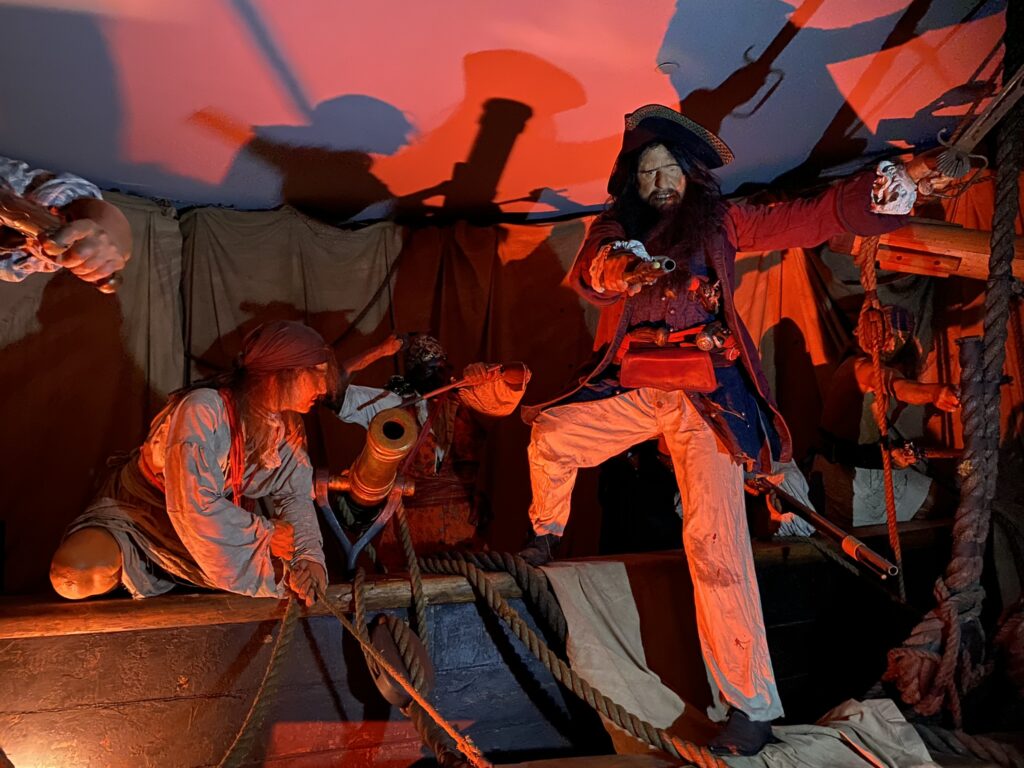
Surgery on pirate ships was even more crude and primitive than the surgery practised by naval surgeons on warships. If a limb had to be amputated to prevent the onset of gangrene it was not unusual for the carpenter to get to work with a saw. Mercury was used internally and externally for syphilis but this would have had no beneficial effect. On long voyages many lives were lost from the horrible effects of scurvy which was caused by a lack of fresh fruit in the diet. There was no known cure for yellow fever, malaria or cholera and thousands of seamen died of these diseased it the West Indies.
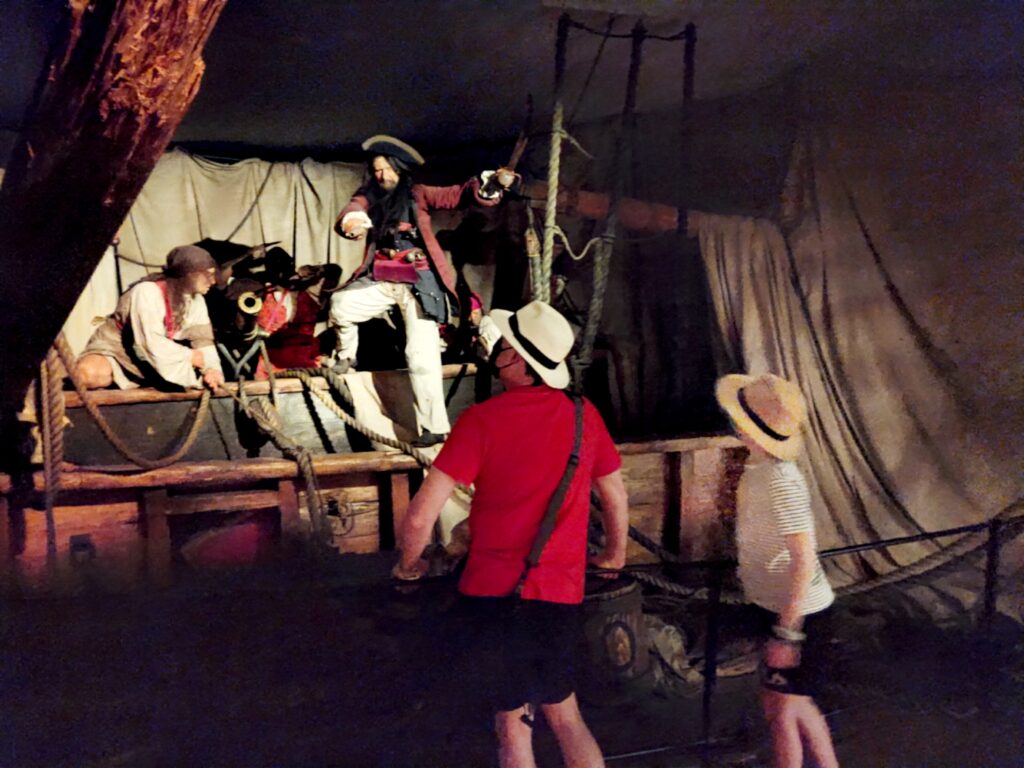
Life on board a pirate ship consisted of long periods of drunken idleness and brief periods of violent action. In calms and light breezes the pirates carried out repairs to the ship, mended sails and cleaned their weapons. Most of the time was spent gambling and drinking huge quantities of alcohol. The leisurely existence changed when the winds got up or a possible victim was sighted. Then pirates hurried aloft to handle the sails, there was much heaving on ropes and the guns and ammunition were made ready for action.


The vast majority of pirates were young seamen who were either forced into or chose piracy when their ship was captured or were made redundant by the navy and saw piracy as an easy option. An ordinary seaman in the navy was poorly paid and endured harsh discipline and savage punishments. Life on a merchant ship was equally bleak. Piracy offered the prospect of rum, riches, women, and the warm seas of the Caribbean. Many pirates agreed with Bartholomew Roberts who was prepared to risk death of a life of luxury and ease and whose motto was “A short life but a merry one”.

After an educational insight into the history of Caribbean piracy we headed up the hill on foot to John Watkins rum distillery. By this time the heavens had opened up and we were drenched. Our Kidsetter loves the rain so wondering around in a tropical storm was a highlight for him.
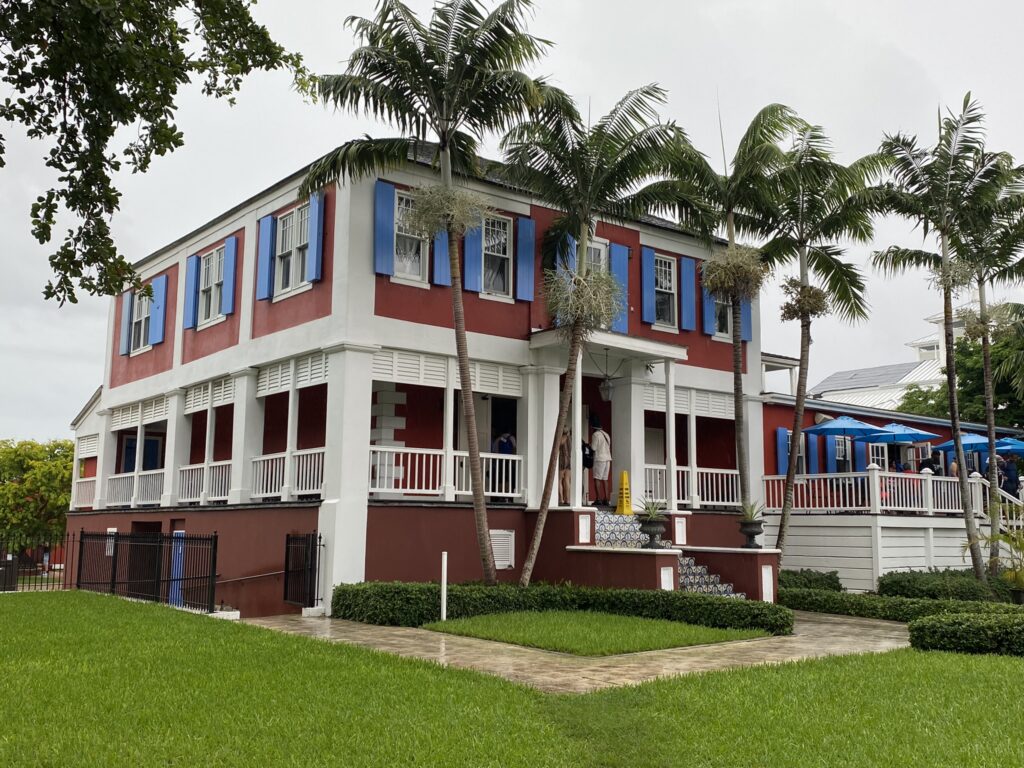
Once reaching the distillery we ordered a Pink Sands rum cocktail whilst our Kidsetter drunk a Pineapple juice.
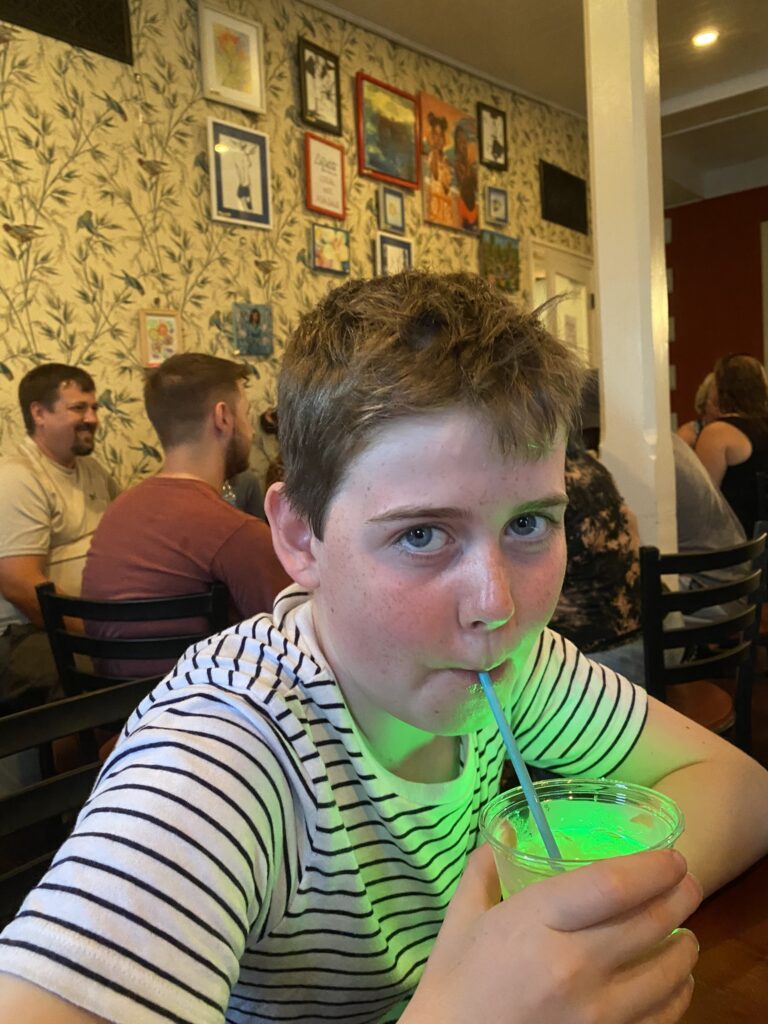
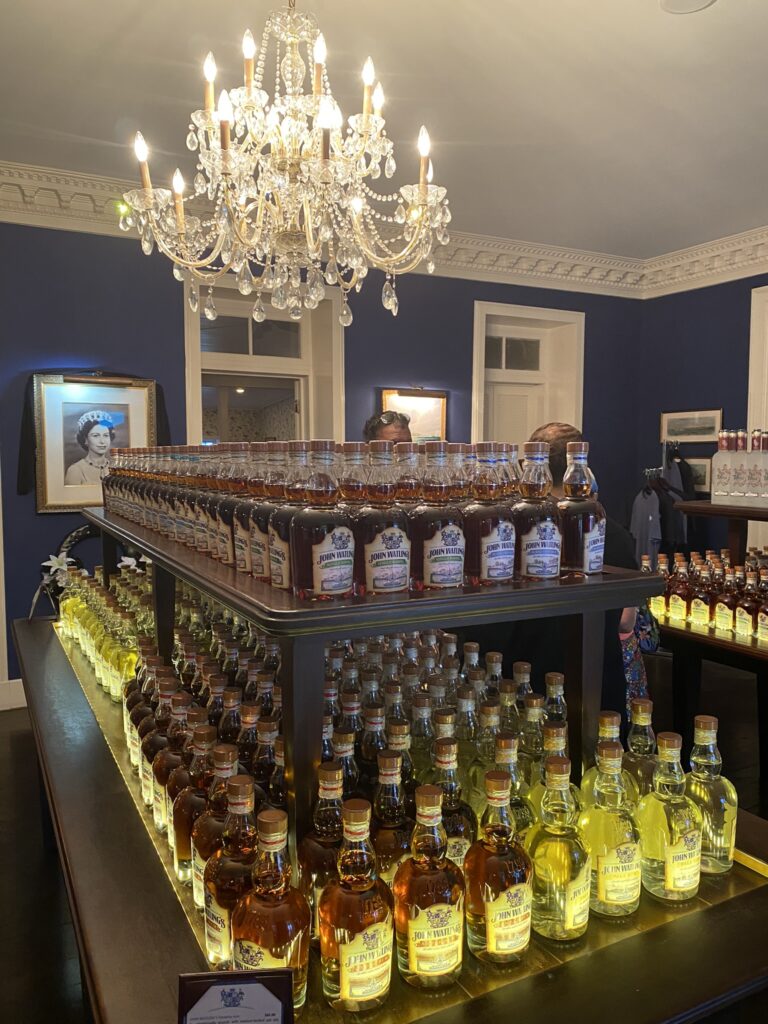
We met a wonderful local lady named Diana and chatted to her about the history of slavery in The Bahamas. Diana was very knowledgeable and opened our eyes to what still occurs in today’s world. After a heart-warming hug we said our goodbyes.
